Historic life on Scotland's coast told in archive film tour
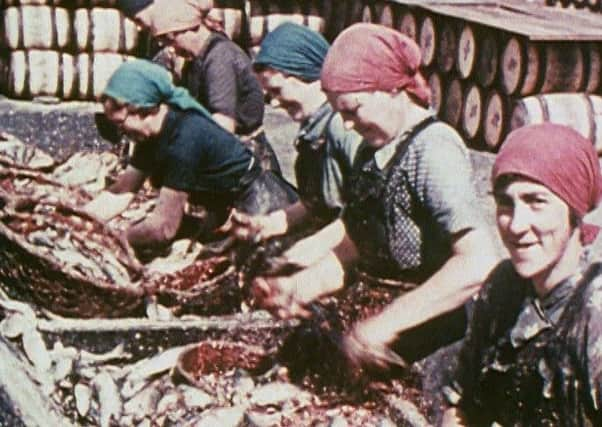

From high drama on the fishing boats to popular seaside destinations, the sea has an important part to play in Scotland’s national moving image collection.
Each screening on the tour is a chance to experience unusual films local to each location alongside rarely-seen gems from the National Library of Scotland Moving Image Archive and the archives of STV and the RNLI.
Advertisement
Hide AdAdvertisement
Hide AdHighlights will include a wonderful record of village life in 1950s Portsoy, Cullen and Aberchirder filmed by local cinema manager William Davidson.
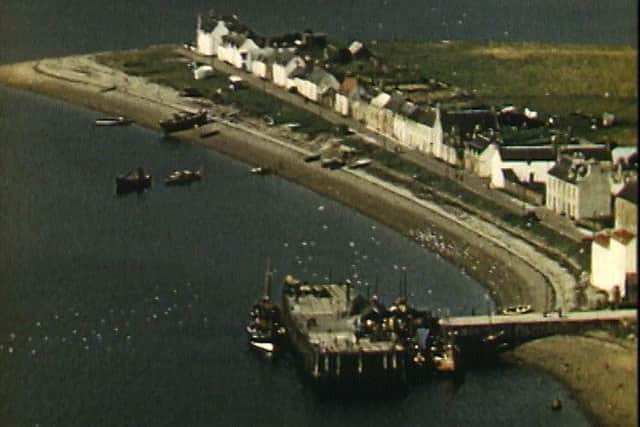

It will also show the impact of the Eastern European ‘Klondyker’ factory ships in 1980s Ullapool, a vintage tourist’s guide to beautiful Tobermory, and King George VI’s Coronation celebrations in Laurencekirk.
There is also rare footage of the 1953 Thurso Gala Week with live musical accompaniment and a 1920s song-hunter on the Isle of Barra.
Made by the Sea curator and tour producer, Shona Thomson of A Kind of Seeing said: “I’m excited to be out on the road again showing archive films in coastal communities here the footage was originally shot and is still relevant today.
“From warships sailing into 1950s Ullapool to the important work of the RNLI lifeboats in the treacherous Pentland Firth, portrayals of life on and near the sea have often been dramatic.
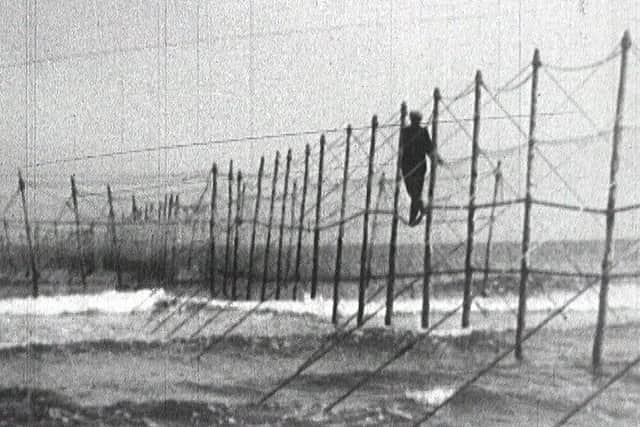

“But Made by the Sea audiences can expect the lighter side too, with fabulous seaside holidays on the West coast and television’s legendary wanderer Tom Weir exploring the island of Vatersay near Barra.”
Featuring archive films from as early as 1908 on the big screen, the Made by the Sea tour opens with a live screening event at Portsoy Salmon Bothy as part of the Scottish Traditional Boat Festival on 25 June before travelling to five seaside venues during the Summer.
Advertisement
Hide AdAdvertisement
Hide AdThese include Ullapool, Tobermory, Johnshaven - as part of the Johnshaven Fish Festival - Thurso, and finishing at Castlebay on the Isle of Barra on 13 September.
Each screening will feature a unique post-film talk with local historians and special guests, encouraging the audience to share their own memories
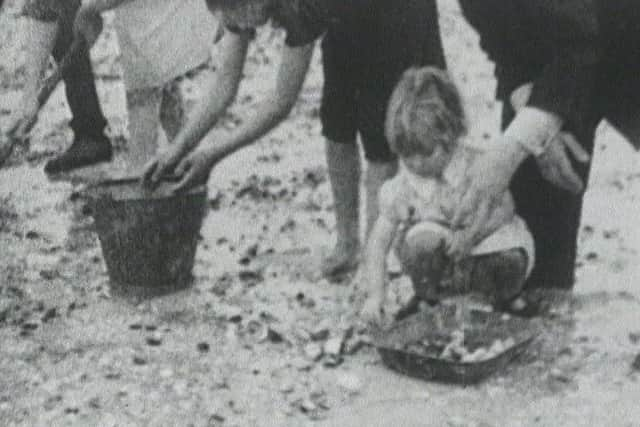

Scotland’s coastal communities will take a starring role in the latest outing of A Kind of Seeing’s hugely popular touring programme: Made by the Sea.
Following the success of the 2016 rural tour Made on Our Land, A Kind of Seeing is again partnering with Regional Screen Scotland to present three of the Made by the Sea screenings in the newly-refurbished Screen Machine, Scotland’s mobile cinema in the Highlands and Islands.
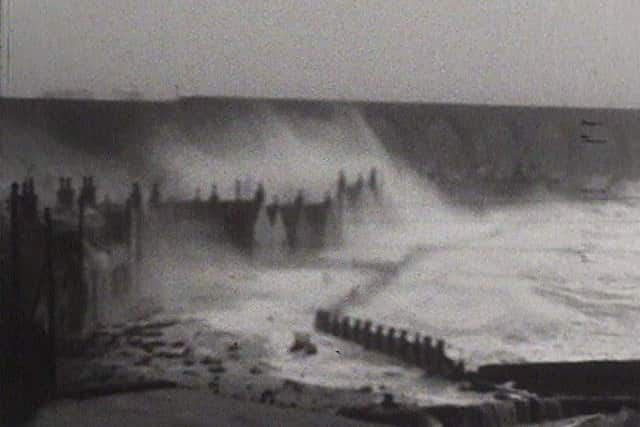

Made by the Sea takes place in partnership with the BFI’s ‘Britain on Film’ project to launch Britain on Film, Coast and Sea, an online collection of newly digitised archive films drawn from the BFI National Archive, and the UK’s Regional and National Film Archives.
By unlocking the UK’s film and TV history, much of it previously unseen, ‘Britain on Film’ Coast and Sea collection of over 600 film titles nationwide opens up local histories and provides unprecedented online access to discover, explore and engage with our shared screen heritage.
